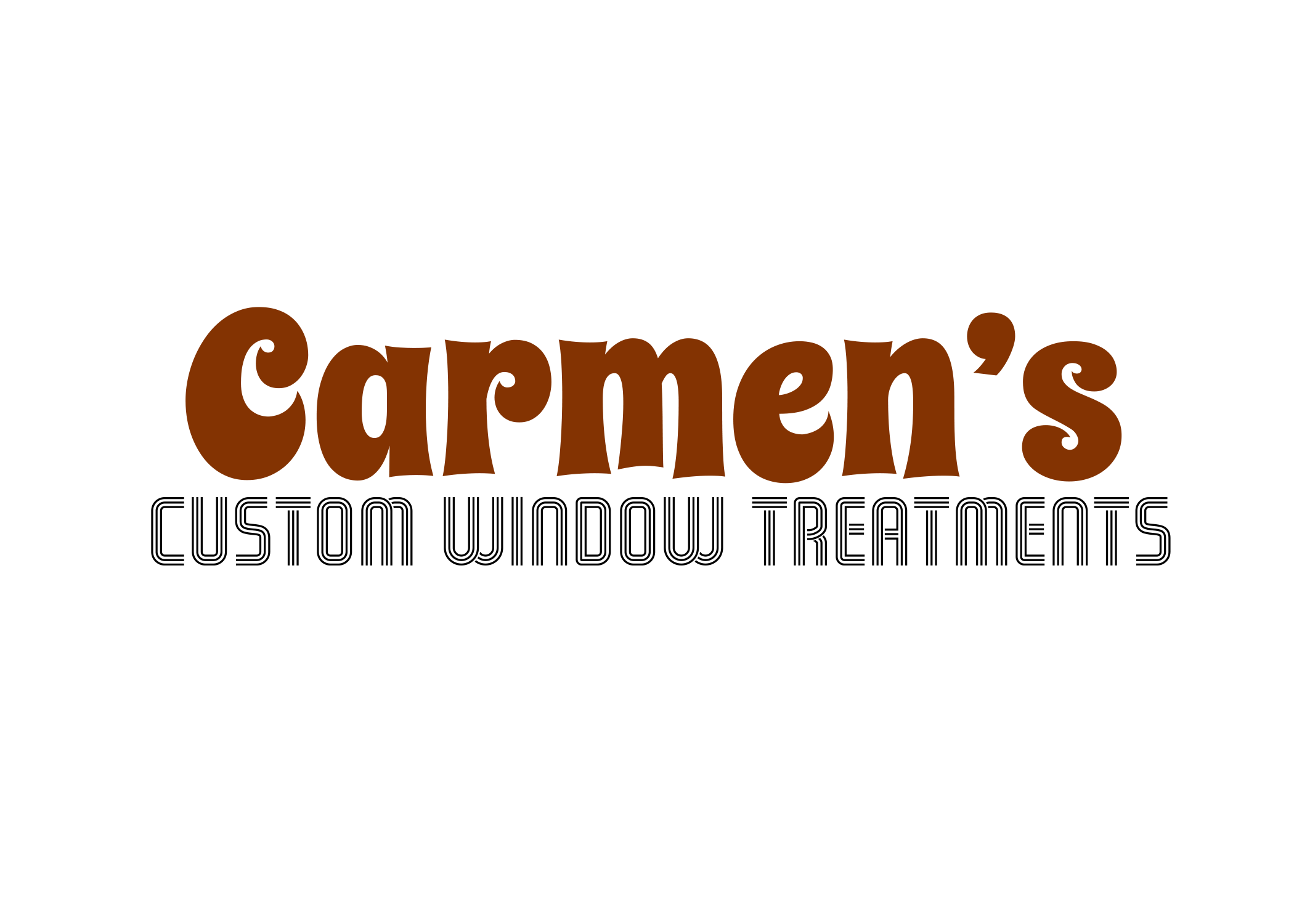Our Favorite Durable Fabrics for Upholstery
FABRIC is all around us and provides us with comfort, warmth, and texture – but not all fabrics are the same.
Each material has its own unique characteristics and properties, making it suitable for different functions and purposes, all the while with the form being just as important for our own individual tastes and aesthetics.
When it comes to our furniture, the function of fabric becomes incredibly important – furniture attracts a lot of use, and any upholstery you choose not only needs to look good but hold up to considerable wear and tear, depending on what you are using the furniture for.
Putting color and pattern to one side for a moment, ask yourself how heavily the fabric is going to be used. Is it an occasional chair for entertaining or is it a couch heavily used by an entourage of teenagers?
Fabric is measured in something called double-rubs. Under 10,000 double-rubs and it is aesthetic only and will not sustain daily use. Up to 15,000 and we are up to medium use upholstery and residential fabrics tend to fall between 10,00 and 25,000 double-rubs. If you are looking at business or commercial grade fabrics, you need to be looking at between 100,000 and 250,000 rubs – but for heavy use domestic setting up to around 30,000 is probably sufficient.
However, as fabrics become stronger, they also become harder to use – and the other aspect of function is it must be comfortable. So, what do different types of fabrics have to offer?
Natural fabrics include linens, cotton, wool, and leathers. Even these are not simple as there are clearly different grades and blends available.
Linen is incredibly strong, made from flax, and is soft and smooth. It wrinkles easily but is easily blended with cotton and is ideal for more casual pieces.
Cotton is durable but easily marked up. To that end, it is better for accessories – pillow covers and the like – as it is also easily washed and cleaned, and again it is often blended with other materials.
Wool is an incredibly strong natural fiber and naturally resistant to fire – but it can also be right as a texture and not ideal for comfort by itself unless blended.
Leather, made from animal hide, is easy to clean with a simple wipe and very durable, but again has many different grades depending on what you are looking for.
Synthetic fibers include polyester, velvet, microfiber, and rayon, among others.
Polyester is the archetypal blend – created in the 1950s, it is strong, easy to clean, resists fading ad wrinkling, and is usually used in a blend with natural fibers like cotton.
Velvet can be made from polyester – or also cotton and silk – and is exceptionally durable but hard to clean, though it is noted for texture, color, and comfort.
Microfiber is soft and easy to clean – it has the qualities of suede and is made of synthetic fibers tightly woven together.
Rayon is based on cellulose and created as a substitute for natural fabrics like cotton and silk – it is strong but wrinkles easily. It blends well to create strong upholstery fabrics.
Ultimately, the best choice for upholstery is what you prefer – it depends on your needs and personal aesthetics. Assess what your furniture is for and how hard it will be used, how long do you want, and expect the furniture to last. Is it a cheap and cheerful piece for a couple of seasons or an heirloom piece for decades? From there, add in your preferences of texture, color, and pattern – and enjoy.

